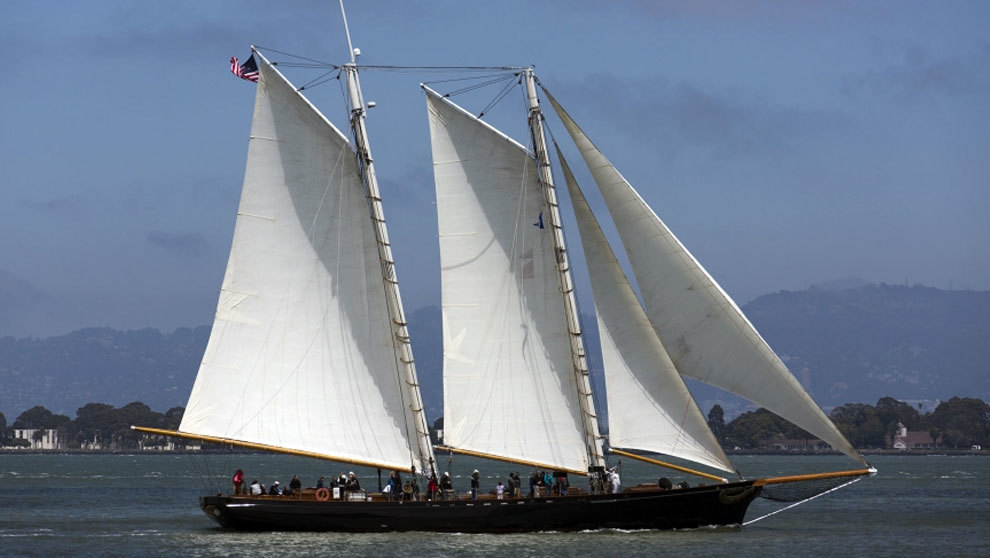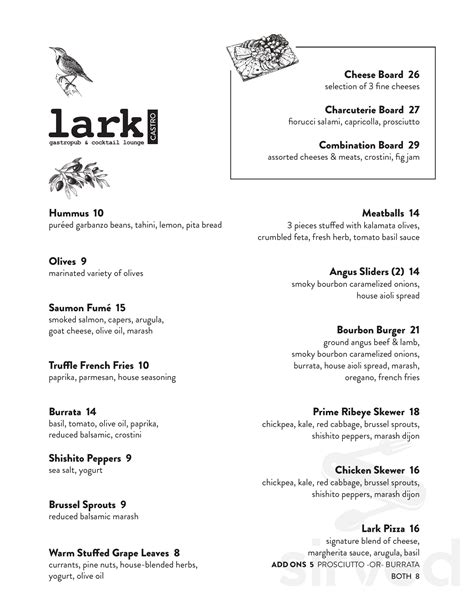The importance of water conservation cannot be overstated, especially in regions like Goleta, where the semi-arid climate necessitates careful management of this precious resource. As a responsible member of the community, understanding and implementing effective water-saving strategies is crucial not only for the environment but also for ensuring the sustainability of the local water supply. The Goleta Water District, serving as the primary water service provider for the area, plays a vital role in promoting water conservation through various initiatives and educational programs.
Understanding Water Usage
Before diving into conservation tips, it’s essential to have a clear understanding of how water is used within the household and the community. Residential water usage can be broadly categorized into indoor and outdoor use. Indoor use includes water consumed for drinking, cooking, cleaning, and flushing toilets, whereas outdoor use primarily involves watering lawns and gardens. Identifying areas of high usage can help in devising targeted conservation strategies.
Effective Conservation Tips
Fix Leaks Promptly: A single dripping faucet can waste up to 20 gallons of water per day. Regular checks on faucets, toilets, and pipes can help in early detection and repair of leaks, thus preventing unnecessary water loss.
Install Low-Flow Fixtures: Replacing traditional faucets and showerheads with low-flow models can significantly reduce water consumption without compromising performance. These fixtures are designed to use less water while maintaining water pressure.
Implement Efficient Irrigation Systems: For outdoor watering, consider installing rain sensors and smart controllers that can adjust water application based on weather conditions, soil moisture levels, and plant water requirements. Drip irrigation systems are also highly efficient, as they deliver water directly to the roots, reducing evaporation and runoff.
Adopt Water-Saving Practices: Simple changes in daily habits can make a substantial difference. Taking shorter showers, turning off the tap while brushing teeth, and using a broom instead of a hose to clean driveways and sidewalks are examples of easy yet effective water-saving practices.
Use Water-Efficient Appliances: When it’s time to replace appliances, look for those with the WaterSense label, which indicates they meet EPA standards for water efficiency. Dishwashers and washing machines with this label can help reduce water consumption significantly.
Harvest Rainwater: Installing a rainwater harvesting system can provide a free source of water for outdoor use, such as watering plants and washing cars, thereby reducing the demand on potable water supplies.
Community Initiatives and Resources
The Goleta Water District offers various programs and resources to support water conservation efforts within the community. These may include rebates for the installation of water-efficient devices, free water-saving devices for residential customers, workshops on efficient gardening practices, and educational materials for schools. By engaging with these initiatives, residents can not only contribute to water conservation but also benefit from cost savings and enhanced community resilience.
Future of Water Conservation in Goleta
As the community looks to the future, embracing innovative technologies and practices will be key to achieving long-term water sustainability. This includes exploring advanced metering infrastructure that provides real-time water usage data, promoting the use of drought-resistant landscaping, and supporting research into new water-saving technologies. Through a combination of individual actions, community engagement, and forward-thinking policies, Goleta can ensure a secure and sustainable water future for generations to come.
Step-by-Step Guide to Implementing Conservation Measures
For those looking to embark on a water conservation journey, here’s a simple step-by-step guide:
Assess Your Water Usage: Start by understanding your current water consumption patterns. Review past water bills or use a water meter to track usage.
Identify Areas for Improvement: Based on your assessment, pinpoint areas where water is being wasted or used inefficiently.
Set Conservation Goals: Decide on specific, achievable goals, such as reducing water consumption by a certain percentage within a set timeframe.
Implement Changes: Begin making changes, starting with the simplest and most impactful ones, such as fixing leaks or installing low-flow fixtures.
Monitor Progress: Keep track of your water usage to see the impact of your conservation efforts. Adjust your strategies as needed to meet your goals.
Explore Community Resources: Reach out to the Goleta Water District and other local organizations to learn about available resources, workshops, and incentives that can support your conservation efforts.
Frequently Asked Questions
What are the most effective ways to save water indoors?
+Indoor water saving can be achieved through fixing leaks, installing low-flow showerheads and faucets, and adopting habits like taking shorter showers and turning off taps while not in use.
How can I watering my lawn more efficiently?
+Efficient lawn watering involves using drip irrigation systems, watering during cooler parts of the day to reduce evaporation, and adjusting the amount of water based on weather conditions and soil type.
Are there any incentives for water conservation in Goleta?
+Yes, the Goleta Water District offers rebates and other incentives for residents who implement water-saving measures, such as installing low-flow appliances and efficient irrigation systems.
Conclusion
Water conservation is a collective effort that requires the participation and commitment of every member of the community. By understanding the importance of water conservation, implementing effective strategies, and leveraging community resources, Goleta residents can play a vital role in securing a sustainable water future. Every drop counts, and every action, no matter how small, contributes to a larger impact when combined with the efforts of others. As the community moves forward, embracing a culture of water conservation will not only ensure the availability of this precious resource for future generations but also contribute to the environmental sustainability and economic resilience of the region.



